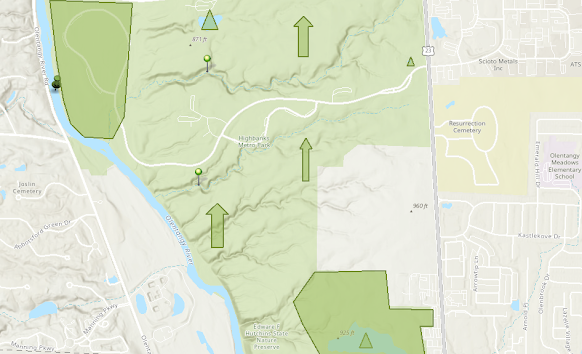App reviews
Review of Naturalist Apps:
HerpMapper:
This is an app that I have been using for years now! It is designed for citizen scientists to be able to catalog and inventory species of reptiles and amphibians in their area. The way the app works is by allowing you to take a picture of a reptile or amphibian, the app then guides you and asks for basic information such as location, time, and date. after that is completed you then have the option to also upload a call from the animal if there is one. this allows for animal calls to be uploaded into the database as well. Once the picture or call has been uploaded, the user is then asked to select the species. the menu for selecting this can be challenging and intimidating if the person is not very knowledgable on species. it starts by asking you to select the family of the species then allows you to look at the genus and finally species. After the species has been selected the user is asked to review all of the information before submitting. Once the entry has been submitted it is sent into the database where it shows as pending until it is reviewed and approved. From what I read on the website, the entries are reviewed by herpetologists and other biologists. Overall, the app is great and pretty user-friendly. it allows for the cataloging of herps in the area.
Seek by iNaturalist:
I believe this is a pretty common app used by a lot of naturalists. It is by far my favorite app to use when trying to identify plants and animals. It is pretty simple to use. All the user needs to do is open the app and go into the camera and hover it over the plant or animal that they wish to identify. I have used it to identify plants, animals, and insects. I personally think it works best for identifying plants, but it does fairly well with animals. Insects on the other hand can be difficult because of how small they can be and the camera sometimes does not focus right. once a plant or animal is identified it shows a description of the plant or animal and whether it is native or invasive which is a really great feature! It also shows a map of any other sightings around so other users can see where else it has been found. for plants, it shows a line graph at the bottom showing what time of the year there are the most sightings. the app is great and is amazing at identifying, but it has its limitations, especially if the camera won't focus right. on the other hand, it does also show the taxonomic breakdown of whatever species is being identified. This is a great app for naturalists of all levels because it shows so much information and it even saves all of your sightings so you can go back and look at whatever species you have identified.



Comments
Post a Comment